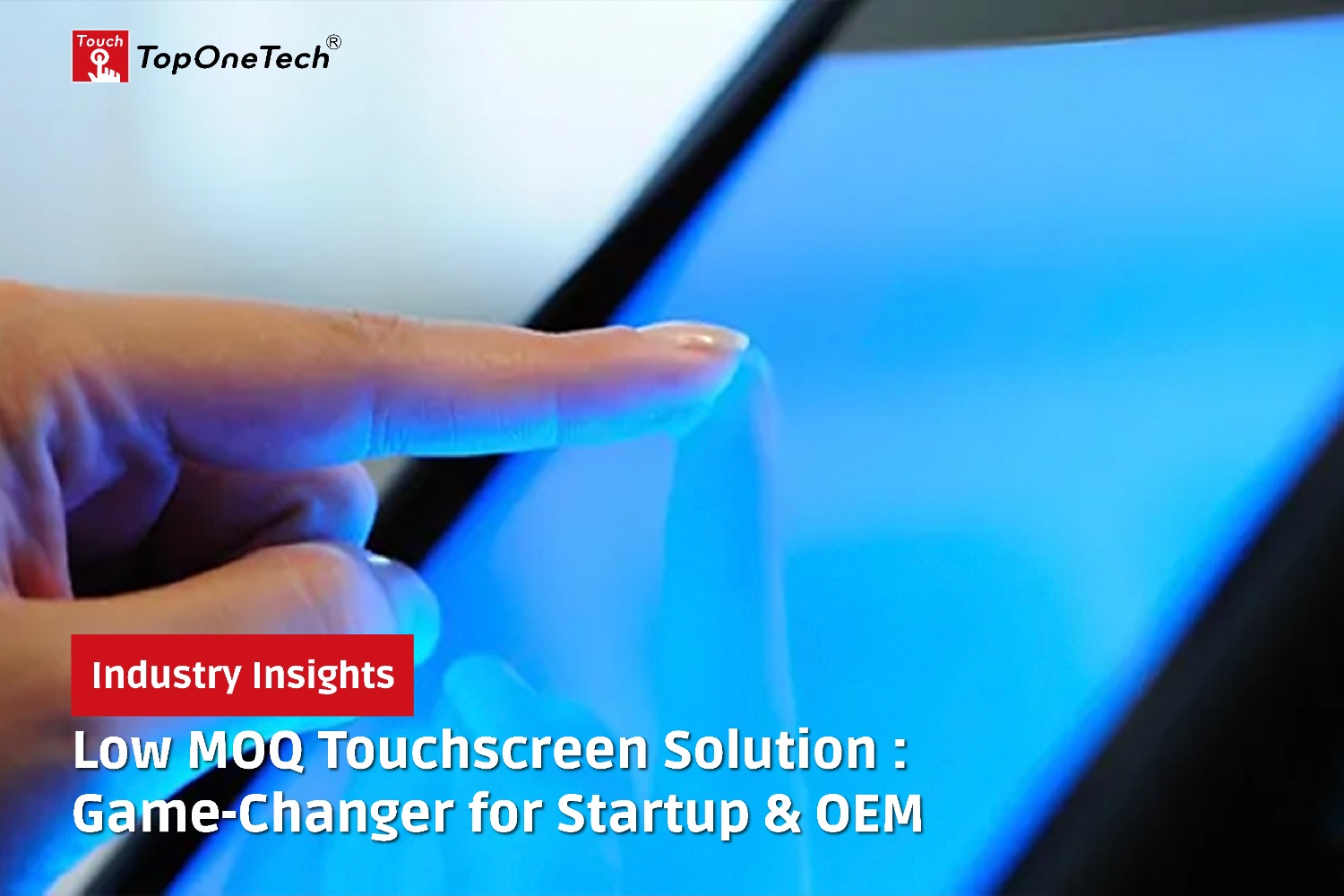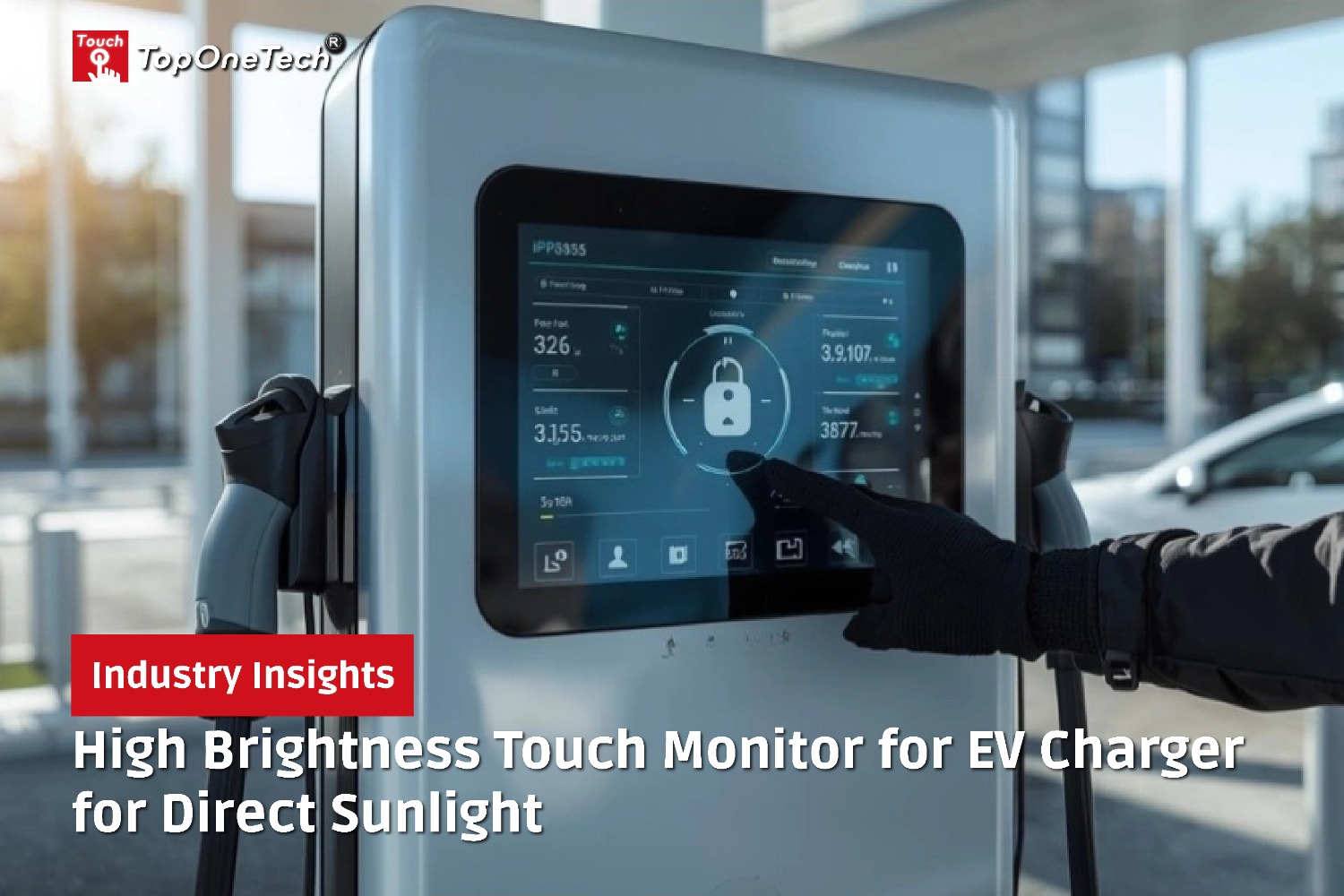
In today’s tech-driven world, touchscreens are integral to our daily lives, from smartphones and tablets to car infotainment systems and ATMs. But not all screens are created equal. One of the most significant advancements in touchscreen technology is the introduction of oleophobic coatings. If you’ve ever wondered why some screens are easier to clean or less prone to smudges, the answer lies in this innovative feature. This article dives deep into the differences between oleophobic touchscreens and regular screens, exploring how these variations influence usability, durability, and overall user satisfaction.
What Is an Oleophobic Touchscreen?
Oleophobic Touchscreen – Definition of Oleophobic Coating
An oleophobic touchscreen features a specialized coating designed to repel oils. The term “oleophobic” comes from the Greek words “oleo” (oil) and “phobic” (fear). This coating is engineered to resist the adhesion of oils, particularly those from fingerprints. The result is a screen that stays cleaner and clearer, even after prolonged use.
Oleophobic Touchscreen – How It Works
The oleophobic coating is a thin layer of fluoropolymer-based material applied to the glass during manufacturing. This layer creates a hydrophobic and oleophobic barrier that actively repels both water and oil. This property makes it harder for substances like sebum (natural oil from your skin) to stick to the screen, ensuring that smudges are minimized. Even if some residue does stick, it’s much easier to wipe off compared to a regular screen.
What Is a Regular Screen?
Characteristics of Regular Screens
Regular screens lack the oleophobic coating, meaning they don’t repel oils or water. While they may still include scratch-resistant layers, these screens are more susceptible to visible smudges, fingerprints, and grime. Over time, this can lead to a screen that looks cloudy and is difficult to clean.
Common Uses of Regular Screens
Regular screens are typically found in lower-cost devices or older models that prioritize affordability over premium features. Examples include budget smartphones, entry-level laptops, and public-use devices such as self-service kiosks or ATMs. These screens often require more maintenance to maintain a clean and functional appearance.
Key Differences Between Oleophobic Touchscreens and Regular Screens
1. Fingerprint Resistance
- Oleophobic Touchscreens: These screens are specifically designed to resist fingerprints. The coating repels oils, making it difficult for smudges to adhere to the surface. This keeps the screen looking pristine and reduces the frequency of cleaning.
- Regular Screens: Without an oleophobic coating, regular screens quickly accumulate fingerprints and smudges. This not only affects the screen’s appearance but can also obscure content, requiring frequent cleaning.
2. Ease of Cleaning
- Oleophobic Touchscreens: Cleaning an oleophobic screen is a breeze. A simple swipe with a microfiber cloth usually removes any smudges or dirt. There’s no need for harsh chemicals or extensive effort.
- Regular Screens: Cleaning a regular screen can be more challenging. Stubborn smudges often require dedicated cleaning solutions, and frequent wiping can lead to micro-scratches over time.
3. Durability
- Oleophobic Touchscreens: The oleophobic coating not only improves the screen’s usability but also protects the underlying glass from wear and tear. Although the coating can gradually wear off, it generally extends the screen’s lifespan by reducing the need for aggressive cleaning.
- Regular Screens: Regular screens are more prone to damage over time. Frequent cleaning, combined with the buildup of grime and smudges, can lead to scratches and a decline in display quality.
4. Visual Clarity
- Oleophobic Touchscreens: These screens maintain superior visual clarity because smudges and fingerprints are less likely to accumulate. This is particularly beneficial in bright lighting conditions or direct sunlight.
- Regular Screens: The visibility of regular screens can be significantly impaired by fingerprints and smudges, especially in outdoor or brightly lit environments. This makes the screen harder to read and less enjoyable to use.
5. Cost
- Oleophobic Touchscreens: The advanced technology behind oleophobic coatings adds to manufacturing costs, making these screens more expensive. However, many users find the added convenience and longevity worth the investment.
- Regular Screens: Without the specialized coating, regular screens are more affordable and are often used in cost-sensitive applications or devices.
Applications of Oleophobic Touchscreens
1. Smartphones and Tablets
Oleophobic touchscreens are a staple in premium smartphones and tablets. Devices from brands like Apple, Samsung, and Google feature this coating to ensure a better user experience. Given the constant interaction with these devices, the reduced smudging and ease of cleaning are significant benefits.
2. Gaming Devices
Handheld gaming consoles and gaming laptops often include oleophobic touchscreens. Gamers value the enhanced visibility and reduced need for cleaning, especially during extended gaming sessions.
3. Medical and Industrial Equipment
In environments where cleanliness is crucial, such as hospitals and factories, oleophobic touchscreens are invaluable. They allow for easy cleaning and maintain high levels of hygiene without compromising functionality.
4. Automotive Displays
Modern cars increasingly feature touchscreen infotainment systems. Oleophobic coatings ensure these displays remain smudge-free, improving readability and maintaining a clean appearance.
Benefits of Choosing an Oleophobic Touchscreen
Oleophobic Touchscreen – Improved User Experience
The ability to resist fingerprints and smudges enhances usability, making the screen more pleasant to interact with. This is particularly important for devices like smartphones and tablets, which are used frequently.
Oleophobic Touchscreen – Enhanced Hygiene
Oleophobic screens are easier to clean, reducing the buildup of bacteria and germs. This is especially advantageous for shared devices or public touchscreens.
Oleophobic Touchscreen – Longevity
By minimizing the need for harsh cleaning methods, oleophobic coatings help preserve the screen’s surface and extend its overall lifespan. This makes it a worthwhile investment for high-use devices.
How to Care for an Oleophobic Touchscreen
- Use a Microfiber Cloth Always clean the screen with a soft, lint-free microfiber cloth to avoid scratching or damaging the coating.
- Avoid Harsh Cleaners Stick to water or mild cleaning solutions. Additionally, harsh chemicals can degrade the oleophobic coating over time, reducing its effectiveness.
- Apply Screen Protectors Wisely Choose screen protectors specifically designed to work with oleophobic coatings. Furthermore, this ensures you don’t compromise the screen’s benefits.
- Avoid Excessive Pressure When cleaning or using the device, avoid applying too much pressure, as this can wear down the coating prematurely.
Conclusion
In conclusion, choosing between an oleophobic touchscreen and a regular screen depends on your needs, budget, and usage habits. Moreover, oleophobic touchscreens offer superior usability, reduced smudging, and enhanced durability, making them ideal for premium devices and frequent use. Regular screens, while more affordable, require more maintenance and may lack the polished feel of their oleophobic counterparts. As technology continues to advance, users can look forward to even more innovative solutions that enhance the touchscreen experience.
Top One Tech can customize Oleophobic Touch Screen specially made for your application scenarios.
Don’t hesitate to contact us for further assistance :
Whatsapp/Call us at : +86 13631610695
Email : sales@toponetech.cn
See Also : Our Wide Range of Touch Screen Products




